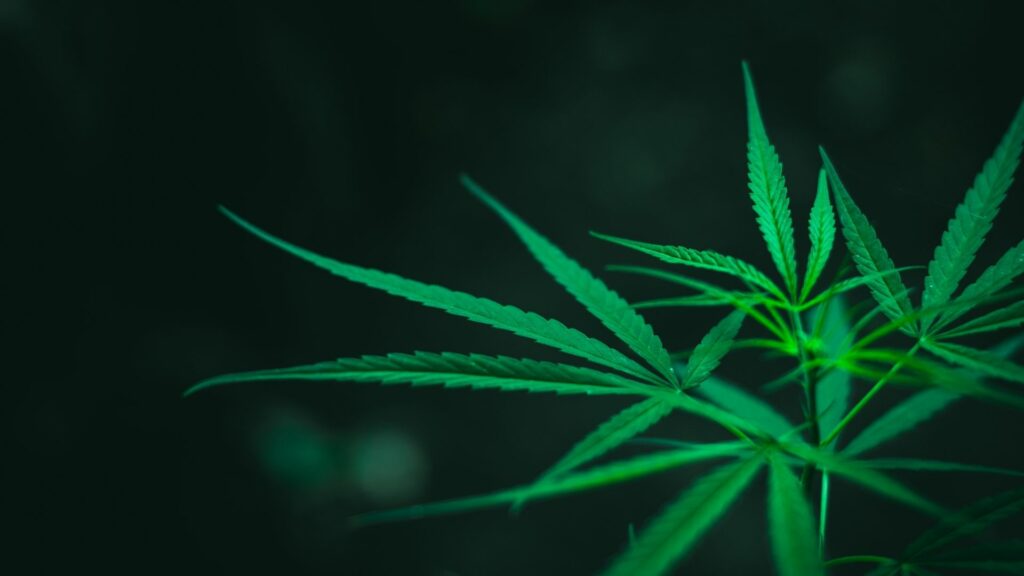Today, cannabis is more widely known for its therapeutic and recreational properties, but this was not always the case. Cannabis was first popular for the properties of the plant’s fibers, but later became known for its psychotropic properties.
According to the authors of Le cannabis dans l’histoire (Cannabis Troughout History), Denis Richard and Jean-Louis Senon, “it remains difficult to accurately determine when its properties were discovered. It is believed that it was initially harvested for its fibers and seeds. Subsequently, its pharmacological properties were used both for religious and therapeutic purposes.” 1
It is known that it is one of the oldest plants to be cultivated,2that it is native to Asia and that it has travelled due to conquests and migrations. Cannabis was thus transported and is now cultivated all over the world.
The history of cannabis criminalization around the world
There has been talk for many years about legalizing cannabis in Canada. But when was cannabis first made illegal in the country? SUMO would like to share with you a brief history of why cannabis was banned in the 1920s.
The plant had already been used in Canada for its fiber and seeds since the 1600s. It was in the 1840s that it was first used as medication. Queen Victoria was even prescribed cannabis to relieve her menstrual cramps.
In the 1890s, some doctors began to notice that the potency of different varieties of the plant varied greatly and that the effects were not the same for all users. Simultaneously, recreational drug use was on the rise in Canada. In fact, at that time, it was perfectly legal to consume cannabis, cocaine, opium and other substances that would later be qualified as “illicit” in the country.
Meanwhile, our American neighbors began to legislate on cannabis and other drugs, under the pretext of public health concerns and to protect consumers from the harmful effects of the plant. Cannabis was commonly associated with Mexicans and African-Americans. Prohibiting the substance made it easier to repress them and other targeted groups.
Following the lead of the United States, Canada legislated on opium to later add morphine and cocaine to its list of illegal substances in 1911. Heroin, codeine and cannabis were added to the list of prohibited substances in 1923.
History of cannabis legalization around the world and in Canada
Cannabis was legalized in Canada in 2001 for medical purposes and in 2018 for recreational use.
In the United-States of America, on November 6, 2012, the States of Colorado and Washington became the first American states to legalize possession of small amounts of cannabis (up to 28 g).
In the same period, the Senate of Canada began to take steps to decriminalize cannabis use. In 2013, Justin Trudeau, the leader of the Liberal Party of Canada, announced his support for cannabis decriminalization. In August of that same year, he added the measure to his election platform during election campaign. In 2018, the bill was adopted in Canada.
It is Health Canada’s mandate to grant or deny the right to produce medical (therapeutic) and recreational cannabis for those who wish to do so. Numerous criteria are evaluated by this governmental entity: hygiene, safety, monitoring equipment, production site personnel, etc.
Cannabis producers must also ensure a homogenous product and provide crop samples that are subject to rigorous evaluation by experts from Health Canada’s Office of Medical Cannabis (OMV).
Cannabis regulation in Canada is complex since it involves both the federal legislative framework and the specific regulations of each province and even each municipality.
In Québec, for instance, only SQDCs are authorized to sell recreational cannabis.
See the blog article on the legislative and regulatory framework
Why 4/20?
Four-twenty is a term used in North America as a reference to cannabis consumption. 4/20 also refers to the time considered appropriate to smoke a joint (twenty past four). As a matter of fact, every 4th of April at 4:20 pm, various spontaneous gatherings are taking place. These events bring together militants in favor of the legalization of cannabis.
The true origins of the expression are unknown, but several theories claim that it comes from a group of students who used to meet in the 1970s, always at 4:20 pm, to smoke a joint after school!
1 Le cannabis dans l’histoire, Richard, Denis, Senon, Jean-Louis, Collection Que sais-je, 2010.
2 https://fr.wikipedia.org/wiki/Cannabis_sativa#cite_note-4



